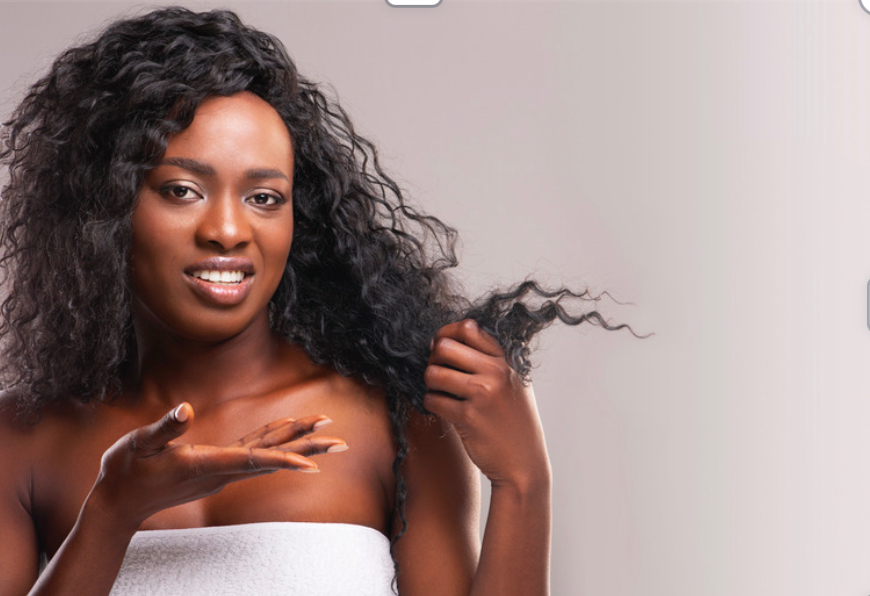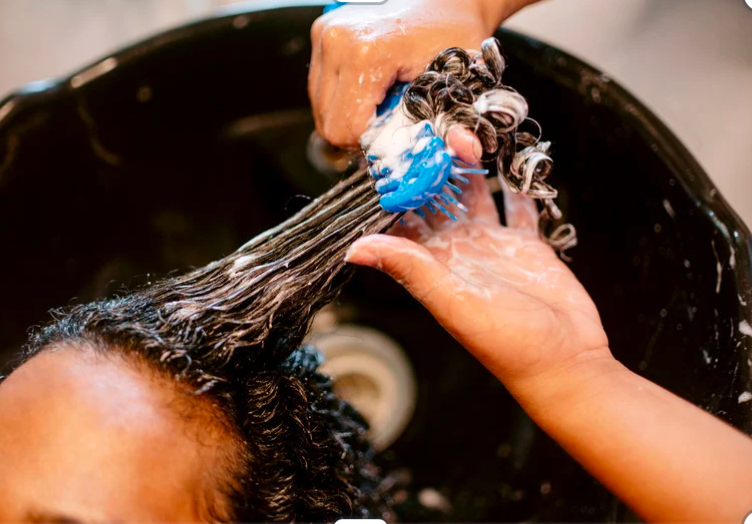Postpartum Hair Loss: Understanding and Coping with Hair Changes After Pregnancy
Experiencing postpartum hair loss can be surprising and overwhelming for new mothers. While it's a common occurrence, it's essential to understand why it happens and how to manage it effectively. In this guide, we'll delve into the causes of postpartum hair loss, what's considered normal, and provide practical tips for coping with this temporary phase.
Understanding the Causes of Postpartum Hair Loss
Postpartum hair loss occurs due to hormonal changes that take place after giving birth. During pregnancy, elevated estrogen and progesterone levels keep hair in the growth phase, resulting in thicker, lusher locks. However, after childbirth, hormone levels normalize, causing hair to enter the resting phase and eventually shed.
What's Considered Normal Hair Loss?
While the amount of postpartum hair loss varies from person to person, it's normal to shed more hair than usual after pregnancy. On average, individuals lose between 50 to 150 hairs per day. However, postpartum hair loss can lead to increased shedding of up to 400 hairs daily, making it more noticeable.
Duration of Postpartum Hair Loss
Typically, postpartum hair loss peaks around three to six months after giving birth. After this period, hair shedding gradually decreases, and most individuals notice a significant improvement in hair density within six to twelve months postpartum. If hair loss persists or worsens over time, it's advisable to seek medical advice.
Tips for Coping with Postpartum Hair Loss
- Prioritize Nutrition: Maintain a healthy diet rich in fruits, vegetables, and water to support hair growth and overall well-being.
- Choose Gentle Hairstyles: Opt for low-manipulation styles like buns or flat twists to minimize hair breakage and tension on the scalp.
- Avoid Tight Hairstyles: Steer clear of tight hairstyles and headbands that can exacerbate hair loss and damage.
- Establish a Simple Haircare Routine: Stick to a basic haircare regimen consisting of gentle cleansing, moisturizing, and minimal styling to promote hair health.
- Consider a Haircut: Embrace change by trying a new haircut or style that complements your postpartum journey and boosts confidence.
- Practice Self-Compassion: Be patient and kind to yourself during this transitional period, and seek support from friends, family, or online communities.
Connect with us on social media or via email we are always happy to help support our community through their hair journeys.
Remember, excessive hair loss may indicate an underlying medical issue, so consult a healthcare professional if you have concerns.
By understanding the causes of postpartum hair loss and implementing practical coping strategies, you can navigate this temporary phase with confidence and self-care.
Note: Excessive hair loss should be evaluated by a medical professional.
‹ Back







